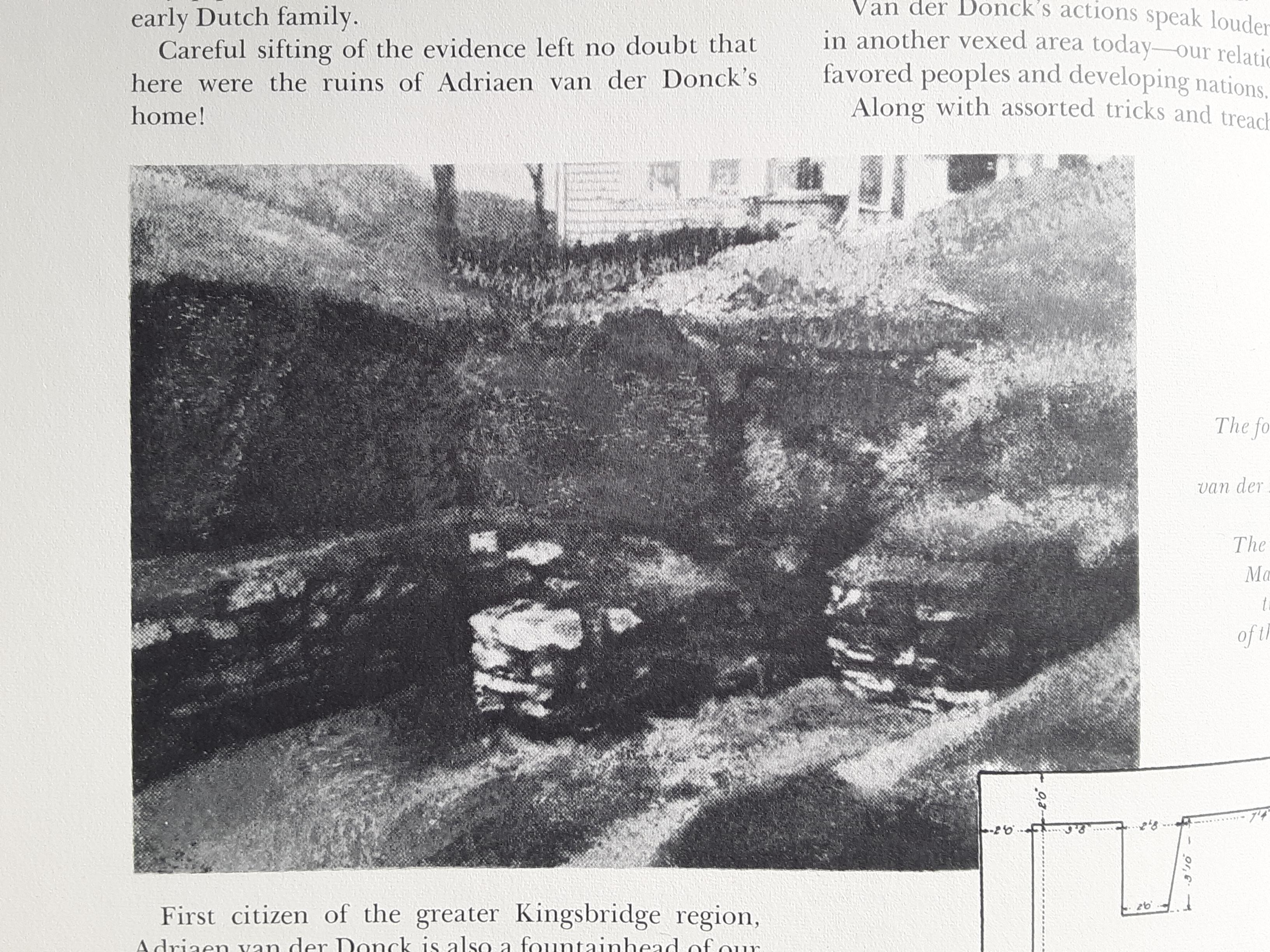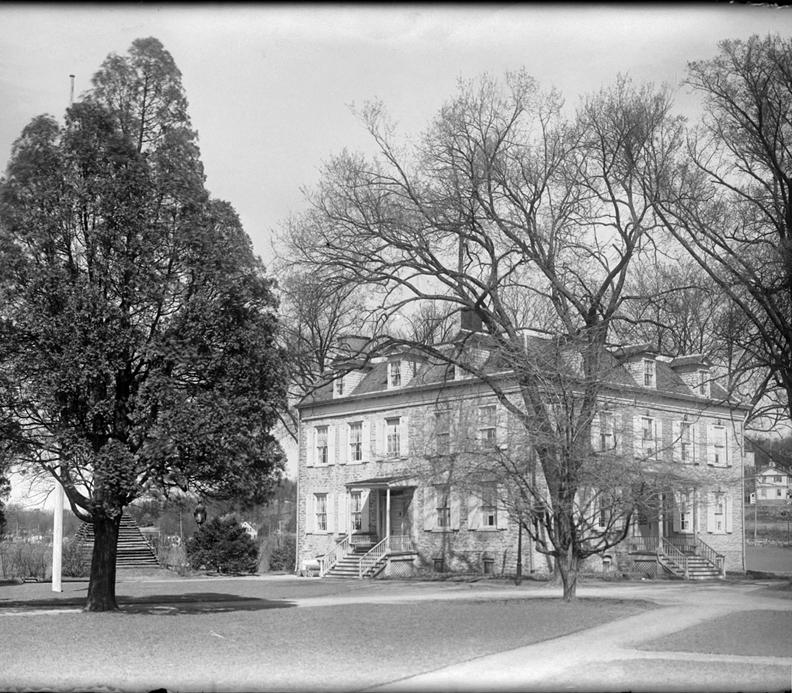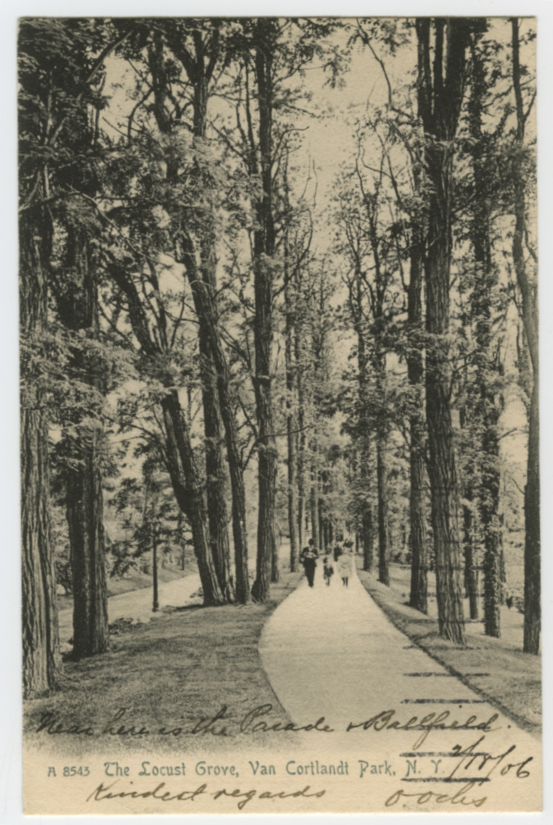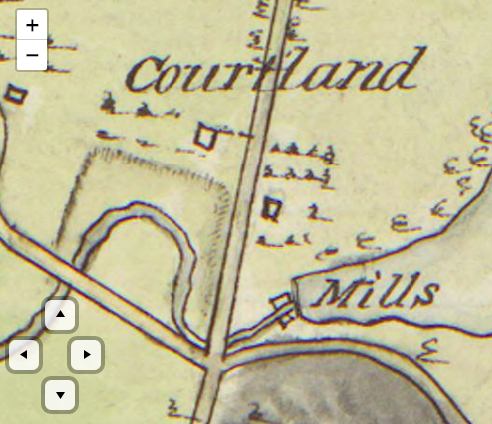Home › Forums › The Colonial Era › Van Der Donck Homesite Confusion
- This topic has 2 replies, 2 voices, and was last updated 3 years, 5 months ago by
 ndembowski.
ndembowski.
-
AuthorPosts
-
-
March 4, 2019 at 7:35 pm #870
Adriaen Van Der Donck was the first Dutch colonial settler in the area and an important figure in America’s colonial history. There have been a number of books written about him, including one of my favorite works of nonfiction, The Island at the Center of the World by Russell Shorto. I have heard that his homesite was just south of the Van Cortlandt House in the area of the garden in front of the house or under the tennis courts but I am honestly confused about the exact spot.
According to Rev. William Tieck’s Riverdale Kingsbridge Spuyten Duyvil:
In the fall of 1910, workmen who were laying a sewer about 150 feet south of the mansion in Van Cortlandt Park came across some old dry-wall foundations. When the site was excavated it was found to contain some amazing debris–many flat, red, Holland bricks . . . Delft china, old hinges, clay pipes–all of it pointing to occupancy by an early Dutch family.
Careful sifting of the evidence left no doubt that here were the ruins of Adriaen van der Donck’s home!
Tieck’s text is accompanied by this photo showing the excavated foundation:

The caption reads: “The foundations and floor plan of van der Donck’s house, looking north. The Van Cortlandt Mansion shows in the background of the photograph.”
A couple of things don’t seem right to me here. The house in the background of the photo does not look like the Van Cortlandt House. It looks a lot like it has wood siding and shutters, which the Van Cortlandt House does not have. Also, it does not look like the house in the background is 150 feet away from the excavated foundation. It looks much closer to me in the photo.
Stephen Jenkins, in The Story of the Bronx, puts the Van Der Donck house in a different spot while referring to an excavation in 1903 (the field he is referring to is the Parade Ground):

This seems to indicate that the house was more in the area of the tennis courts and the Kingsbridge burial ground. If that’s true, maybe the building in the background of the photo in Tieck’s book is actually another building that stood to the east of the Van Cortlandt House. You can see a building with white siding (like in the Tieck photo) in the far right of the below photo from the early 20th century:

This interesting article in the New York Times corroborates Jenkins by indicating that there was digging around the Van Cortlandt House in 1903. Parks Dept. records indicate that were many construction projects around the house and the lake in that period including this line item from 1910:

Another document, a 1986 Van Cortlandt Park History produced by the park administrator states that “The first European to settle on the land was Adriaen Van der Donck, who built a farmhouse just west of the location of the present-day mansion . . . The foundation of this building is believed to have been unearthed during a 1910 excavation.”
So three different documents with three different locations of the Van Der Donck homesite (to the west, to the south, or to the east). I would really like to find a primary source document from one of those excavations that clearly indicates what they found and where.
-
March 4, 2019 at 11:22 pm #871
Sorry not to be able to help but somewhere someone says that the house was mistakenly attributed to van der Donck and could have been one belonging to Tippett. I’ll try to find the reference because the site I’m thinking of gives a reason to back this up (material that would not have been available during Donck’s time?) That being said, so much of what is written is repeated as fact when that is not necessarily so. All makes for interesting reading though.
-
November 19, 2020 at 1:52 pm #1728
Reviving this old thread, I found this postcard on eBay of “The Locust Grove, Van Cortlandt Park”–the same one that Stephen Jenkins referred to in the above quote. I remembered reading about the locust grove in Thomas Henry Edsall’s History of the Town of Kings Bridge as well.

This is what Edsall wrote on page 5 of History of the Town of Kings Bridge:
“It is probable that [Van der Donck’s] house was on the flat, and located, perhaps, where the old house of Jacobus Van Cortlandt afterwards stood until the early part of [the 19th] century.” A footnote added “Its site was just behind the present grove of locusts, north of the Van Cortlandt Mills.”
This “flat” is the area south of the tennis courts just east of the path with the stone wall. The house of Jacobus Van Cortlandt that was in that area is depicted on maps like the one below. The house Edsall referred to is indicated by the square dead center–to the east of the path and to the north of the mills. It is a place where parks workers found early colonial artifacts.

In her response above, Catherine Minty wrote that this house could have belonged to George Tippett and I believe she is correct. Tippett was one of the settlers that purchased lands from the widow of Van der Donck.
-
-
AuthorPosts
- You must be logged in to reply to this topic.